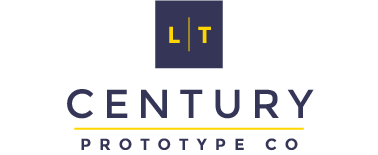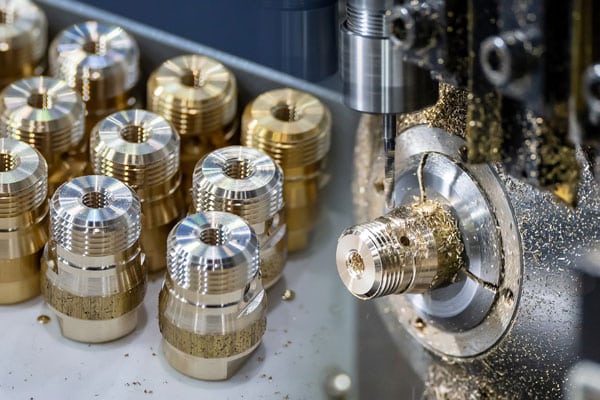Rapid prototyping transformed product development. It helps designers and engineers realize their ideas rapidly, speeding innovation and lowering manufacturing costs.
Key Rapid Prototyping Benefits
1. Faster Product Development: Teams may swiftly iterate designs, test functionality, and find improvements using prototyping in hours or days.
2. Cost Efficient: Rapid prototyping helps organizations avoid costly tooling and manufacturing in early development.
3. Improved design accuracy: Prototypes mimic the final product using modern technology, offering exact design and performance information.
4. Better Cooperation: Teams and stakeholders may better communicate using prototypes.
Rapid prototyping uses across industries
- Healthcare: Rapid prototyping is changing patient care with personalized prosthesis and surgical models.
- Auto: Carmakers may evaluate aerodynamics, ergonomics, and mechanical functioning.
- Consumer Tech: Manufacturers utilize it to make stylish products with unique features.
Rapid prototyping techniques
1. 3D printing
Layer-by-layer object construction for complicated and lightweight designs.
2. CNC milling
Cuts materials precisely, perfect for durable prototypes.
3. Injection Molding
Creates plastic or metal working prototypes.
Rapid Prototyping Challenges
Materials Limitations: Not all final product materials are prototypes.
Surface Finish: Some fast prototyping processes yield rough surfaces that need post-processing.
Scalability Problems: Certain methods may not scale for mass manufacturing.
Future of Rapid Prototyping
Rapid prototyping will benefit from AI-driven design, multi-material printing, and speedier processing. These enhancements will increase prototype accuracy, functionality, and sustainability.
Increasing Rapid Prototyping Reach
Rapid prototyping has changed design and manufacturing in industries. We can appreciate its transformational significance in contemporary production by understanding its methods, benefits, and drawbacks.
Faster prototyping thanks to advanced tech
1. SLA: stereolithography
UV light cures liquid resin layer by layer in SLA. For jewelry and dentistry, it is great for manufacturing intricate prototypes with flawless finishes.
2. Selective Laser Sintering
Lasers fuse powdered nylon or metals to create durable, functional prototypes in SLS. It is utilized in automotive and aerospace industries that need strength and accuracy.
3. Digital Light Processing
Digital light projectors harden resin like SLA. Its quick printing rates and high resolution make it ideal for complicated drawings.
Software in Rapid Prototyping
Advanced software is essential for quick prototyping. Designers may use CAD and CAM to build precise digital models and smoothly convert them to actual prototypes. Simulation and analysis improve design correctness by finding faults before manufacturing.
Rapid prototyping sustainability
As sectors embrace sustainability, fast prototyping supports them in various ways:
- Less Waste
Subtractive procedures like milling waste more material than additive ones like 3D printing.
- Recyclable materials
Many prototype procedures now employ biodegradable or recyclable materials, lessening their environmental effect.
- Energy Savings
Modern prototype methods save energy, making production greener.
Actual Case Studies
1. Aircraft Industry: Boeing streamlines aircraft development and reduces costs via quick prototyping lightweight, durable components.
2. Medicine: A top hospital planned difficult procedures using 3D-printed surgical models, improving patient outcomes and reducing operation times.
3. Consumer Goods: Nike uses rapid prototyping to create personalized shoes and deliver them quicker.
Rapid prototyping training
To fully benefit from fast prototyping, organizations are educating and upskilling their staff. To use and create with modern prototyping technologies, 3D printing, CAD design, and material science certifications are becoming more important.
Rapid prototyping in small businesses
Not only major companies use rapid prototyping. Desktop 3D printers and cheap software may help startups and small businesses:
- Test product viability before mass manufacturing.
- Customize specific market solutions.
- Do prototype in-house to reduce outsourcing.
Conclusion
Rapid prototyping is essential for innovative and efficient firms. Companies may use this technology to launch innovative goods quicker and cheaper by knowing its potential and uses. Innovation is limitless as the field progresses.
*Reference
*Image from https://www.basilius.com/

